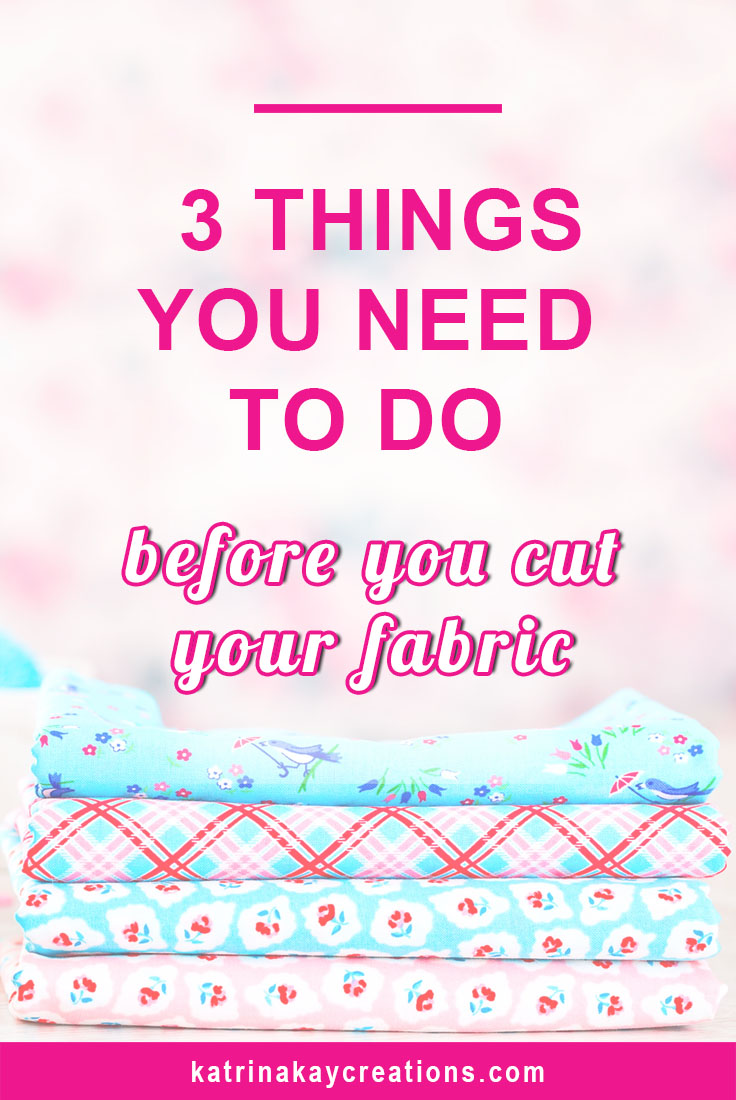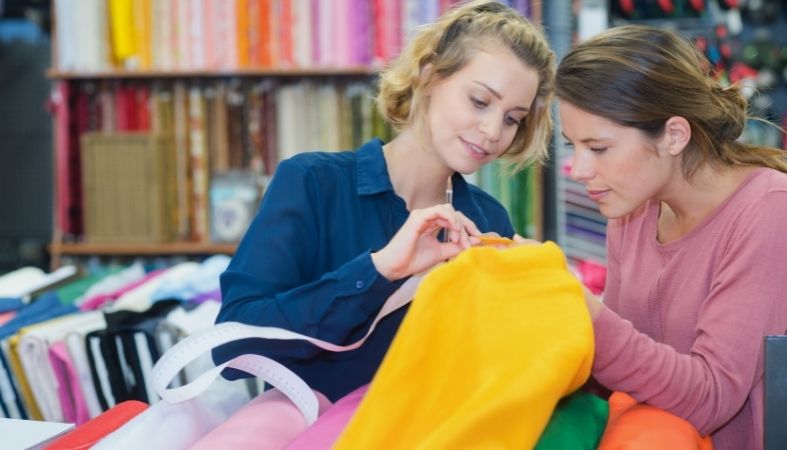About All 4 Way Stretch Fabrics
Table of ContentsAn Unbiased View of All 4 Way Stretch FabricsAll 4 Way Stretch Fabrics Things To Know Before You Get ThisIndicators on All 4 Way Stretch Fabrics You Need To KnowGet This Report on All 4 Way Stretch FabricsThe All 4 Way Stretch Fabrics StatementsThe Basic Principles Of All 4 Way Stretch Fabrics The Ultimate Guide To All 4 Way Stretch Fabrics
As I additionally want UV protection from my garments when I go out, I would certainly pick a densely woven cotton material. One even more factor to consider when getting the fabric is the way it will after washing.A risk-free wager would be to buy at least 10% additional fabric. If you can buy preshrunk material, this is the finest.

If you are matching the color, like selecting the lining for the primary fabric or selecting fabric to add as trim, this is especially vital. The material showrooms will typically have a light well where you can see the textile in sunlight (or a home window with great light from outside).
The Main Principles Of All 4 Way Stretch Fabrics

The majority of fabrics have to do with 44 large. When you go to get fabric, quote just how much you desire first and after that most likely to the shop. Take a look at this article to know the response to this often listened to inquiry "How much material do I require". With a fat quarter, you will obtain an 18 large by 22 long.
These are offered in the shops I frequent as cut items they are mainly treasured low and a few of them, when they are last off the bolt, prized very reduced. You will have to ask the salespersons for items like that. Some wonderful bargains can be had in this manner. In dressmaking, we buy textile by the yard/meter.
Unknown Facts About All 4 Way Stretch Fabrics
In a quarter of a backyard, you get a 9 by 44 strip of textile, which is regarding 22 centimeters in length. It is always far better to get larger cloth. According to the width of fabrics, they may be called single-width and double-width. Single width is usually up to 49 inches in size and dual size approximately 60.
You can discover more concerning backyard to meter conversion right here. Check out this article on reading a measuring tape Choose textiles that are not as well difficult or inflexible, or you would not fit in them. Bed linen, Jeans, flannel, For colder environments, pick woollen (100% along with wool blends) woollen tweeds, woollen crepe; it essentially depends on what trousers you are speaking about Tailored pants, Unstructured Pant, Combined, Denim.
Corduroy fits to put on material to pick for trousers. All cotton materials are excellent for children. You can choose a cotton satin stretch or a cotton twill or cotton satin or grass. Knit textiles are additionally fantastic for youngsters you can choose woollen knits. Interlock knits are dressmaking knits that stretch throughout the grain.
An Unbiased View of All 4 Way Stretch Fabrics
Have a look at this post on the most effective material for clothing for infants and kids for even more detail on this topic. Lightweight cotton is my preferred to stitch skirts. Cotton lawn towel in attractive prints is terrific. Silk jacket is a wonderful material for sewing skirts, as is Ponte Roma weaved material.
Drapey rayons, soft wool, lycra blends, and stretch velvets are all ideal for sewing skirts. Wool (Wool crepe has an excellent drape and provides enough structure for jackets; woollen tweeds are fantastic also), Bed linen & Flannel. Velvet (Look Into the slouchy velvet sports jacket tutorial, by the method). Lightweight knits are excellent for free-flowing coats like this waterfall jacket pattern Raw silk, satin, taffeta, velvet, Lace, silk chiffon, and Fabric are all great for making dresses.
You can get medium-weight materials with some spandex/elastane included for a fitting bodycon-type check my site gown. For drapey dresses, you can select lightweight materials. Jersey has a drapey fit such as this. Crepe, challis, and charmeuse are all drapey textiles matched for this design. Check out these blog posts: Finest textile for making laid-back gowns and tops; Names of various outfits. Rayon, Acetate, and cotton lining materials are widely used.
Light-weight cotton fabric, Cambric, Chintz, Twill, Faille, Seersucker, Poplin, light-weight woven broadcloth, batiste, linen, eyelet are excellent for making t shirts and shirts. Silky satin material is excellent for making ventilated tops. When acquiring formed textile (most of the patterned material comes with a width of 45 or 54 inches), there will be pattern repeat in these materials, and this should be taken into consideration when cutting textile as well as getting them i.e., if you desire to match the patterns at the seams.
The Greatest Guide To All 4 Way Stretch Fabrics
The motifs will be distributed in a planned fashion on the textile. You may observe occasionally If the print is not positioned on the material correctly, it can not be matched or lined up when created without misshaping the fabric and the hang of the garment.


You can find out more concerning grain and grainline of fabric below. The textile weight is reliant on lots of factors like the weave, fiber type, etc and is generally signified by GSM. GSM can differ from 60 -700; 700 being the GSM of extremely high-quality woolen material. A denim material has a GSM of 400, depending on the weave.
One point you have to keep in mind is that higher fabric weight does not signify higher material quality. You can not pick high material weight material jeans for a lightweight drifting stole.
Inspect out the checklist of the 70+ different material surfaces and therapies. Essentially, the most crucial criteria to look for in the material you buy are as complies with. The number of threads per inch of textile (yarns-per-inch). Greater the thread count greater the variety of threads woven per inch, and the greater the high quality.
All 4 Way Stretch Fabrics - Questions
This is very vital in any type of material. In top notch fabric, this balance (either in numbers or in size) will certainly constantly be kept. Procedures used on fabric to improve look and efficiency. The fibers that are woven to make the textile will certainly either be as a single strand or will be created by incorporating two yarns (twisted).
A two-ply thread is superior to a single-ply thread.
If you are preparing yourself to start a brand-new stitching job, selecting a textile will certainly be one of the most important action once you choose what you intend to make. After you've mosted likely to all the difficulty and cost of purchasing the stitching device you enjoy, a pattern you love, and a textile you enjoy, you desire the ended up item to be a success, right? One method to achieve that is to begin by ensuring your material is really right for the project.
All 4 Way Stretch Fabrics for Beginners
If you're making a patchwork, you'll automatically want to use quilter's weight cotton for finest results. But what happens if you intend to make an item of clothing? Exactly how do you understand which fabric will provide you the ideal outcome? Picking a textile simply since you enjoy the print or layout on it isn't necessarily the most effective technique.
You understand. In order to avoid doing an entire task for practically nothing, we have actually compiled some tips to help you decide which fabric is appropriate for your task. Let's state you already have a job in mind; just how do you find the best textile for it? One method is to check out comparable items in storesor ones you currently have.
Then, believe of the features you desire the ended up product to have. If clothes, will it be fitted or loosened? Dressy or day-to-day? For cozy weather or cold? Do you want a strong shade or a print? If you are making a non-wearable product such as a cushion cover or potholder, make use of a strong fabric such as canvas.
There is a lot info around about textiles, their attributes, and their usages, it might reach be frustrating! Don't attempt to take it in all at as soon as; just begin with the task at hand. Find out all you can concerning the material you use for this one job.